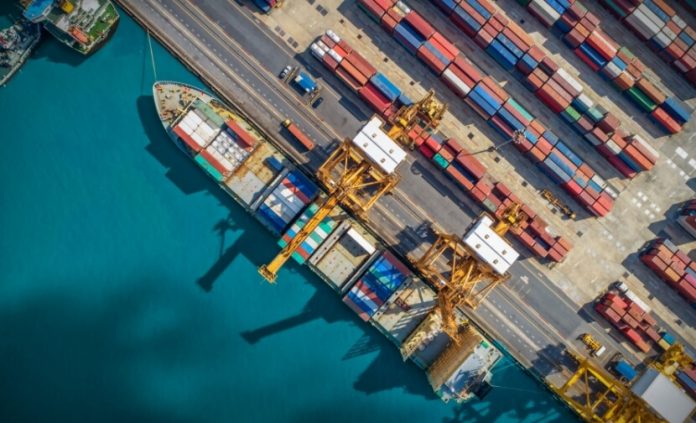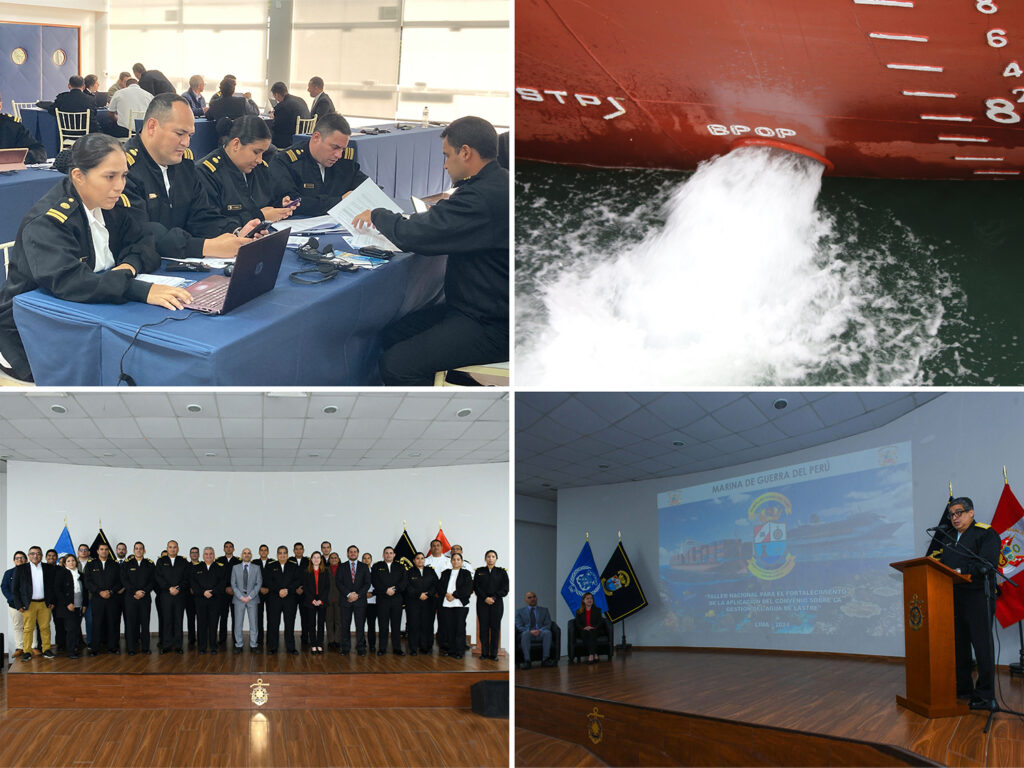With the recent sharp increase in freight rates, there have been calls for carriers to adhere to contracts and With the recent sharp increase in freight rates, there have been calls for carriers to adhere to contracts and moderate their revenue pursuits, noted the data analysis firm.moderate their revenue pursuits, noted the data analysis firm.Its one of the key challenges in container shipping is the lack of enforceability in shipper/carrier contracts, according to Sea-Intelligence.
This implies that shippers would, in turn, honour contracts when the market declines. “So, is it correct, that if a carrier is less aggressive in terms of rate increases when the market goes up, then the customers will also be more loyal when the market goes down,” stated Alan Murphy, CEO of Sea-Intelligence

In Figure 1, the blue line represents the market average freight rate, derived from the global rate index provided by Container Trade Statistics, while the orange line depicts Maersk’s average freight rate. Both rates are calculated on a quarterly index basis, with the average freight rate in the fourth quarter of 2019 set as index 100. It is evident that during the pandemic, Maersk increased its global average rate level at a significantly slower pace compared to the market.
“However, when the rate levels began declining, Maersk saw a decline fully matching the market decline, which means that in this case, there was no quid pro quo from the shippers,” pointed out Murphy

Figure 2 illustrates the loss or gain in USD revenue from not following the market, calculated for major carriers. Maersk experienced a potential revenue loss of US$15.7 billion between 2020 and 2023. Conversely, ZIM gained US$4.2 billion by increasing rates faster and higher than the market.
“There is clearly an asymmetry in loyalty. Carriers who raise their rates at a slower pace are not rewarded similarly, when the market turns negative. From a carrier perspective, it is better to increase rates as fast as possible, rather than to hope for shipper loyalty when the market turns,” commented Alan Murphy
The lack of containers,
On the other hand One of the main factors that has led to this crisis is the lack of containers, which means that there is little space available to transport products. Some exporters are waiting for weeks for available containers to transport their cargo, which has caused freight rates to skyrocket.
Another factor is the disruptions that slow down the flow of maritime traffic. This standstill is due to the typhoons that have hit China and the temporary closure of a number of ports because of the pandemic to mitigate the spread of the virus. and Ukrania -Russia war also the crisis of Red Sea It should not be forgotten that the Asian country has eight of the ten busiest ports in the world, which are operating under various restrictions.
Ports to be devastated
All this has caused the ports to be devastated, because due to the increase in the price of containers, the biggest importers are renting their own ships to ship their goods. Therefore, traffic has increased dramatically with more ships in transit
It iscan pinpoint the price increase more accurately. If we go back to September 2020, the price of freight from China to the United States went from an average of 3530 euros to 18000 euros. The price of freight from Shanghai to South America rose from 1800 to 6200 euros according to data from the Inter-American Development Bank
Read more :
Red Sea Crisis : Competition of Salalah ,Djibouti and Jebel Ali ports
Houthi naval capabilities after 234 days of the Red Sea Crisis !
Egypt in the storm of geopolitical challenges for Red sea region
Red Sea crisis :Quadrupled transport costs according to BCG-PDF




